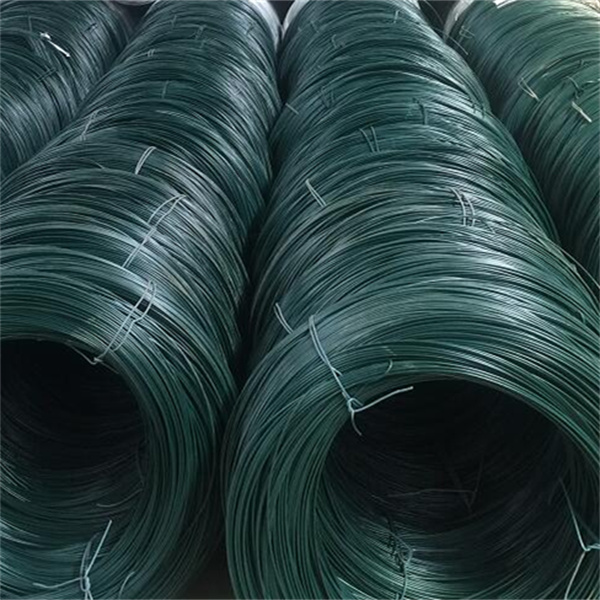ნოე . 24, 2024 08:41 Back to list
gabion wall landscaping
Gabion Wall Landscaping A Fusion of Beauty and Functionality
Landscaping is an art that beautifully intertwines nature and design, creating spaces that are both aesthetically pleasing and functional. One increasingly popular trend in modern landscaping is the use of gabion walls. These structures, which consist of wire mesh filled with stones, rocks, or other materials, are not only visually appealing but also serve a multitude of practical purposes. In this article, we will explore the various aspects of gabion wall landscaping and how it enhances outdoor environments.
Historical Context and Material Choice
Gabion walls have a rich history, dating back to ancient times when they were used for fortifications and erosion control. The word gabion comes from the Italian gabbione, meaning large cage. Traditionally, they were made of willow or other pliable materials filled with stones. Today, the construction has evolved to include galvanized steel or PVC-coated wire mesh, providing durability and resistance to weather elements.
One of the most significant advantages of gabion walls is the use of natural materials. Landscape designers can select local stone or rock types, promoting sustainability and reducing transportation costs. This choice not only ensures that the gabions blend seamlessly with the surrounding environment but also contributes to a reduced carbon footprint.
Visual Aesthetics
Aesthetically, gabion walls add a unique texture and visual interest to outdoor spaces. The rough, natural appearance of the stones contrasts beautifully with soft landscaping elements like plants and flowers. As a versatile design feature, they can be used in various styles, from rustic to modern, adapting to different landscaping themes.
Gabion walls can be constructed in various shapes and sizes, offering ample opportunities for creative expression. Gardeners might choose to make low seating walls, raised garden beds, or dramatic retaining structures that define different areas in a landscape. Furthermore, planting vegetation between the gaps of the stones or on top of the walls can create a stunning visual effect, adding layers of color and life.
gabion wall landscaping

Functional Benefits
Beyond their beauty, gabion walls serve several functional purposes within landscaping projects. One primary function is soil retention. When building on a slope, gabion walls can be an effective method for preventing soil erosion, keeping the landscape intact during heavy rains or severe weather.
Additionally, gabions can manage water drainage effectively. Their open structure allows water to pass through while still providing stability, reducing the risk of flooding and water pooling in unwanted areas. This permeability helps maintain the health of surrounding plants by ensuring that water reaches their root systems without becoming waterlogged.
Installation and Maintenance
Installing gabion walls requires careful planning and execution. First, proper site assessment is essential to determine the type of soil and environmental conditions. Next, constructing a robust foundation ensures that the walls remain stable and intact over time. The stones used should be durable, as they must withstand weather elements and potential structural shifts.
Maintenance for gabion walls is relatively low, but regular inspections are crucial. Over time, some stones may shift or plants might invade the gaps. However, repairs are generally straightforward, providing an ongoing opportunity for gardeners to refresh and enhance the landscape.
Conclusion
Incorporating gabion walls into landscaping projects delivers both aesthetic and functional benefits. From enhancing visual interest to providing erosion control and effective drainage, these structures represent a contemporary approach to outdoor design. Their natural materials foster harmony with the surrounding environment, while their versatility allows for creative landscaping solutions. As homeowners and designers increasingly turn to sustainable practices in landscaping, gabion walls present an attractive option that marries beauty with practicality. Whether used in residential gardens or large-scale public parks, gabion walls are undoubtedly a trend worth considering in modern landscaping endeavors.
-
Understanding Load-Bearing Capacity of Gabion Boxes
NewsJul.17,2025
-
The Importance of Corrosion-Resistant Wire in Gabion Construction
NewsJul.17,2025
-
How Gabion Boxes Prevent Soil Erosion Effectively
NewsJul.17,2025
-
Environmental Benefits of Gabion Cages
NewsJul.17,2025
-
Best Stone Types for Gabion Walls with Steps
NewsJul.17,2025
-
Benefits of Using Rock Gabion Baskets in Landscaping
NewsJul.17,2025
-
The Role of Galvanized Gabion Mesh in Riverbank Protection
NewsJun.26,2025






